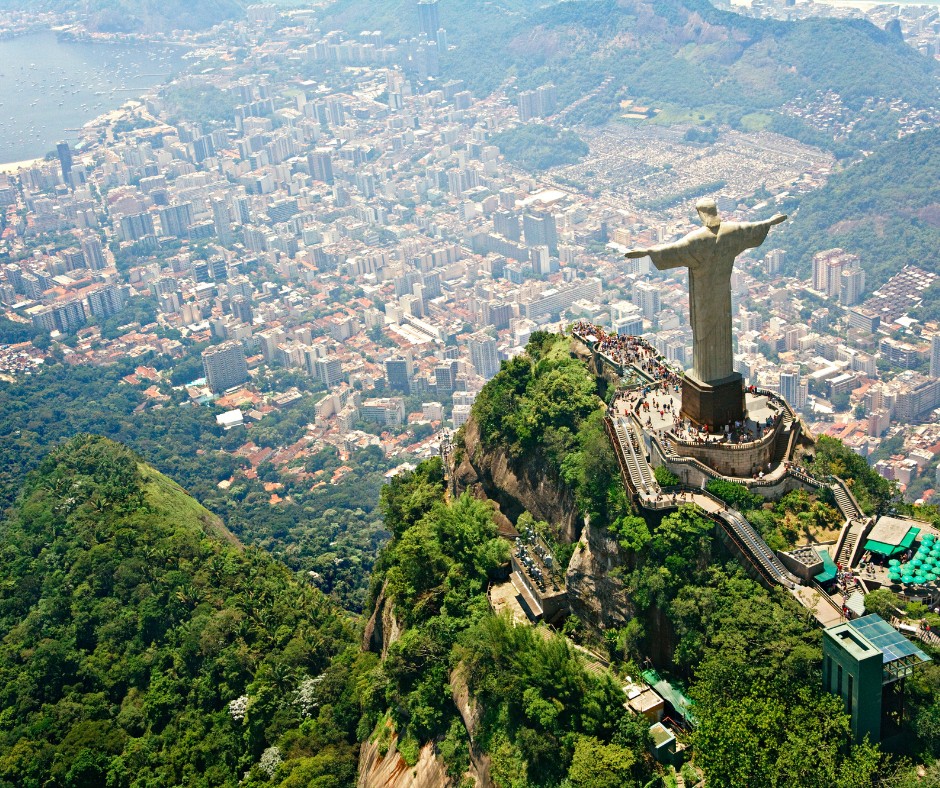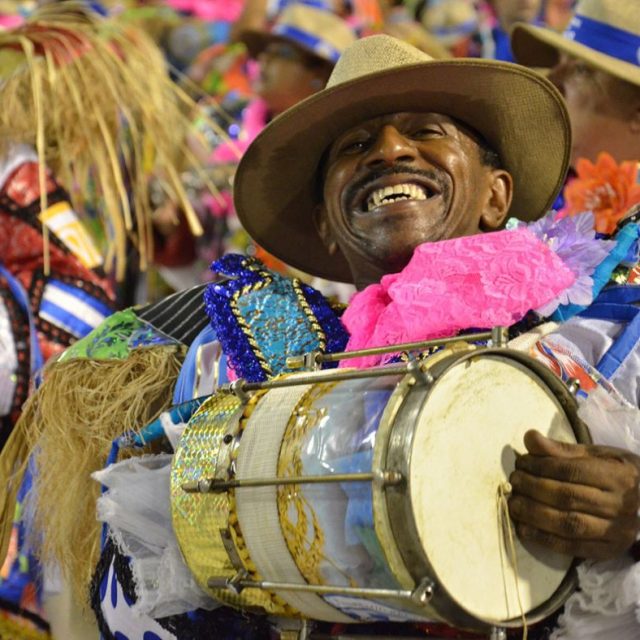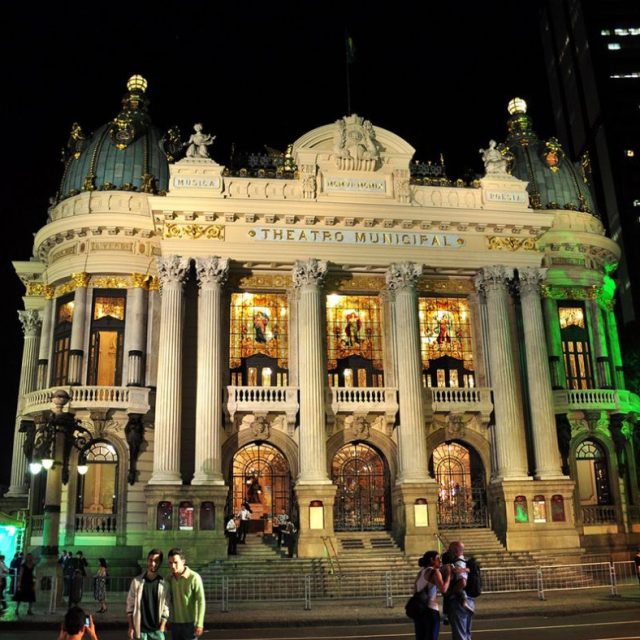From Samba Rhythms to Contemporary Art: Rio’s Neighbourhoods Pulse with Culture
Rio de Janeiro is the second largest city in Brazil, and famous for its breath taking landscape, vibrant culture and annual carnival

Cultural Heritage
Nestled between rolling green mountains and the vastness of the Atlantic Ocean, Rio de Janeiro is a renowned for its cultural heritage. Often referred to as the ‘Cidade Maravilhosa’ or ‘Marvellous City,’ Rio boasts iconic landmarks that serve as architectural symbols of its rich historical and cultural legacy. The Christ the Redeemer statue and Sugarloaf Mountain, both UNESCO World Heritage sites, stand as testament to the city’s enduring heritage.
The vibrant heartbeat of Rio becomes most apparent during its world-famous Carnival, a spectacular festival that encapsulates Brazil’s rich multicultural history. The rhythmic pulse of samba drums, energetic dances, and intricate costumes come together to tell stories of indigenous, Portuguese, African, and other legacies, transforming it into a global spectacle. Rio’s diverse cultural tapestry is on full display during this grand celebration. Beyond the Carnival, the city’s neighborhoods are full with culture, from the traditional “rodas de samba” gatherings in historic Lapa to contemporary art exhibitions in Santa Teresa.
Rio de Janeiro serves as a hub for Brazilian music, cinema, and literature, nurturing many of the nation’s celebrated artists and thinkers. The city’s beaches, including Copacabana and Ipanema, are not only places of relaxation but also stages for cultural events, musical performances, and art installations. Additionally, the Tijuca Forest, with its unique environmental and biodiversity significance, contributes to the city’s cultural and natural heritage.
Rio is more than just a postcard city; it is the vibrant cultural heart of Brazil, where the past, present, and future of Brazilian art, tradition, and spirit converge.

Embracing Change
While preserving its rich heritage, Rio consistently evolves, adapting to contemporary demands and opportunities. The city’s iconic Carnival, for instance, has evolved into a global spectacle, embracing new technologies and trends while maintaining its cultural essence.
The Role of Policymaker
The policymakers of Rio de Janeiro play a crucial role in preserving and promoting the city’s cultural heritage. Local government bodies collaborate with educational and cultural institutions to ensure equitable access to culture for all residents. The establishment of versatile cultural venues across the city underscores the policymakers’ commitment to fostering cultural practices, rehearsals, and performances.
The Future
As Rio prepares for the future, the city and regional governments focus on ensuring inclusivity are a central component of its cultural policy. In doing so, Rio looks ahead to a future where cultural heritage thrives alongside modernity and sustainability.
© Images Courtesy of Getty Images/Canva; City of Rio de Janeiro




